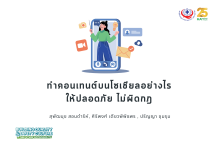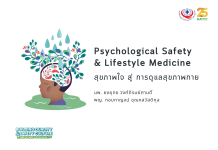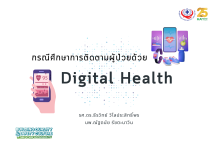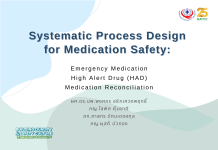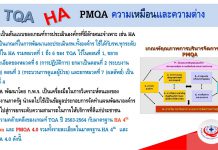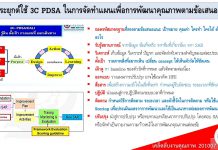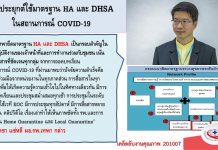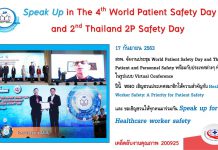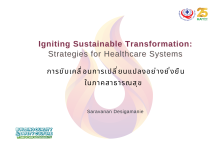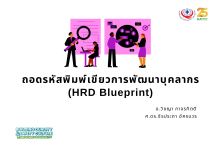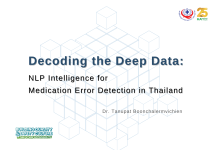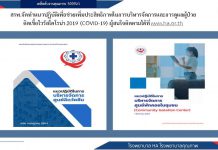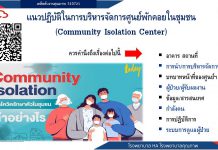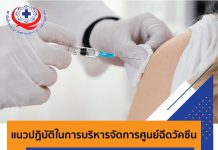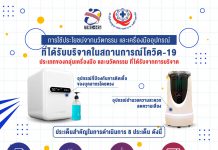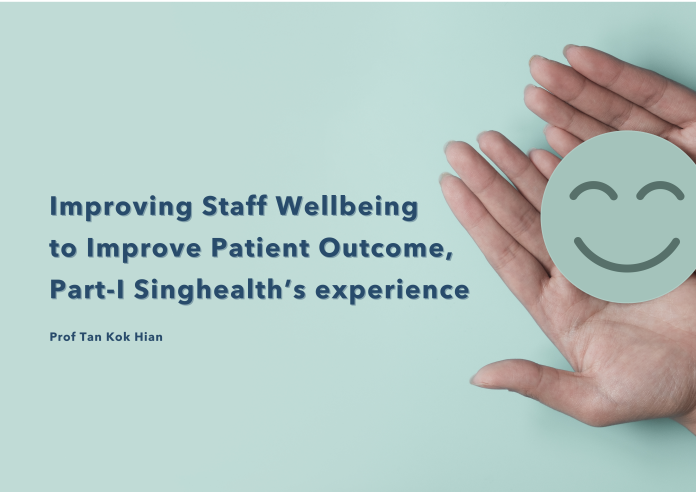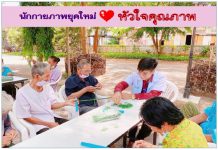Statistics on Burnout in Singapore:
A pre-pandemic survey in Singapore revealed concerning burnout rates among healthcare professionals, with
37.8% reporting emotional exhaustion,
29.7% experiencing depersonalization (detachment from patients), and
55.5% lacking personal accomplishment.
Combined, these scores translate to 43.9% of healthcare workers experiencing burnout. Post-pandemic surveys showed a slight decrease in emotional exhaustion but an increase in the lack of personal accomplishment.
Impact of Burnout on Patient Safety:
Studies demonstrate a significant correlation between healthcare worker burnout and increased diagnostic and procedural errors, reduced performance by doctors and nurses, and lower quality of patient care.
Focus on Psychological Safety:
The presentation emphasized the importance of psychological safety, which allows staff to speak up about errors without fear of blame. Singhealth uses the following breakdown of psychological safety:
- Inclusion safety – feeling comfortable being part of the team
- Learner safety – feeling safe to ask questions and learn from mistakes
- Contributor safety – feeling safe to share ideas and contribute
- Challenge safety – feeling safe to challenge others’ ideas
Addressing Incivility and Abuse:
The presentation highlighted the prevalence of incivility (rudeness) and abuse from patients towards healthcare workers. Singhealth’s initiatives include a framework for classifying the severity of patient abuse, training programs for staff on managing aggressive behavior, support programs for staff who experience abuse, and a zero-tolerance policy for patient abuse.
Initiatives by Singhealth:
- Joy at Work Task Force: Led by Singhealth’s CEO, this task force focuses on creating a culture that promotes staff well-being and reduces burnout.
- Leadership Development Programs: Equipping leaders to foster a supportive and positive work environment.
- Team Joy Program: Training team leaders on promoting civility, appreciation, and positive policies within their teams.
- Work-life Balance Initiatives: Addressing workload issues, particularly for junior doctors, to prevent burnout.
- Staff Wellness Programs: These include mindfulness workshops, mental health support services, and a staff care center.
Outcomes and Ongoing Efforts:
Singhealth reported a decrease in overall burnout rates after implementing these initiatives. However, areas like staff empathy and personal accomplishment require further attention. The presentation concluded by stressing the continuous need for proactive measures to address staff well-being due to the evolving complexities of healthcare work.
Conclusion:
Healthcare workers facing burnout and stress can lead to medical errors and harm patients. Strong leadership focused on staff well-being is key. Singhealth’s successful strategies include leadership training, various programs for different staff needs, reducing junior doctor workload, and measures against patient abuse. These efforts show that prioritizing staff well-being can improve patient care.
Transcribed and Summarized by Songsak Thongsanit






